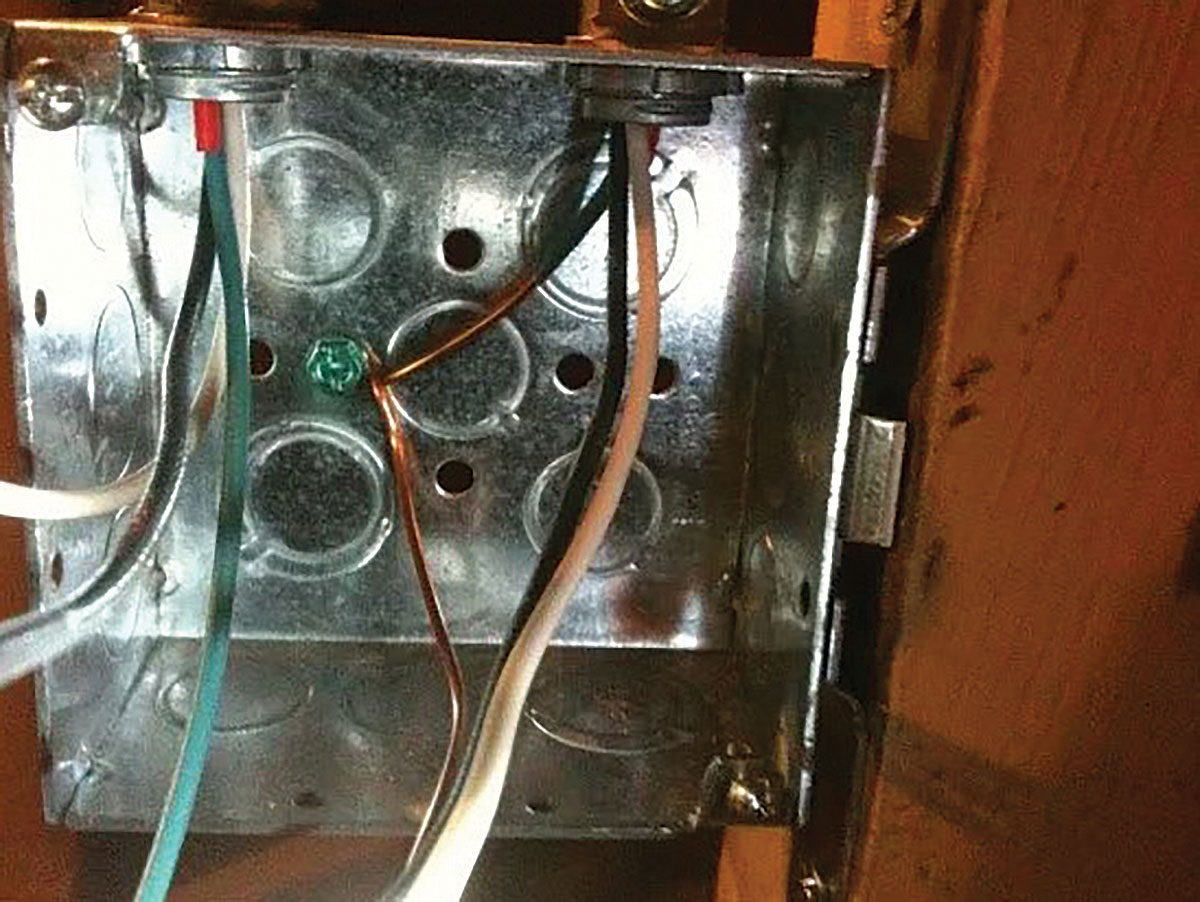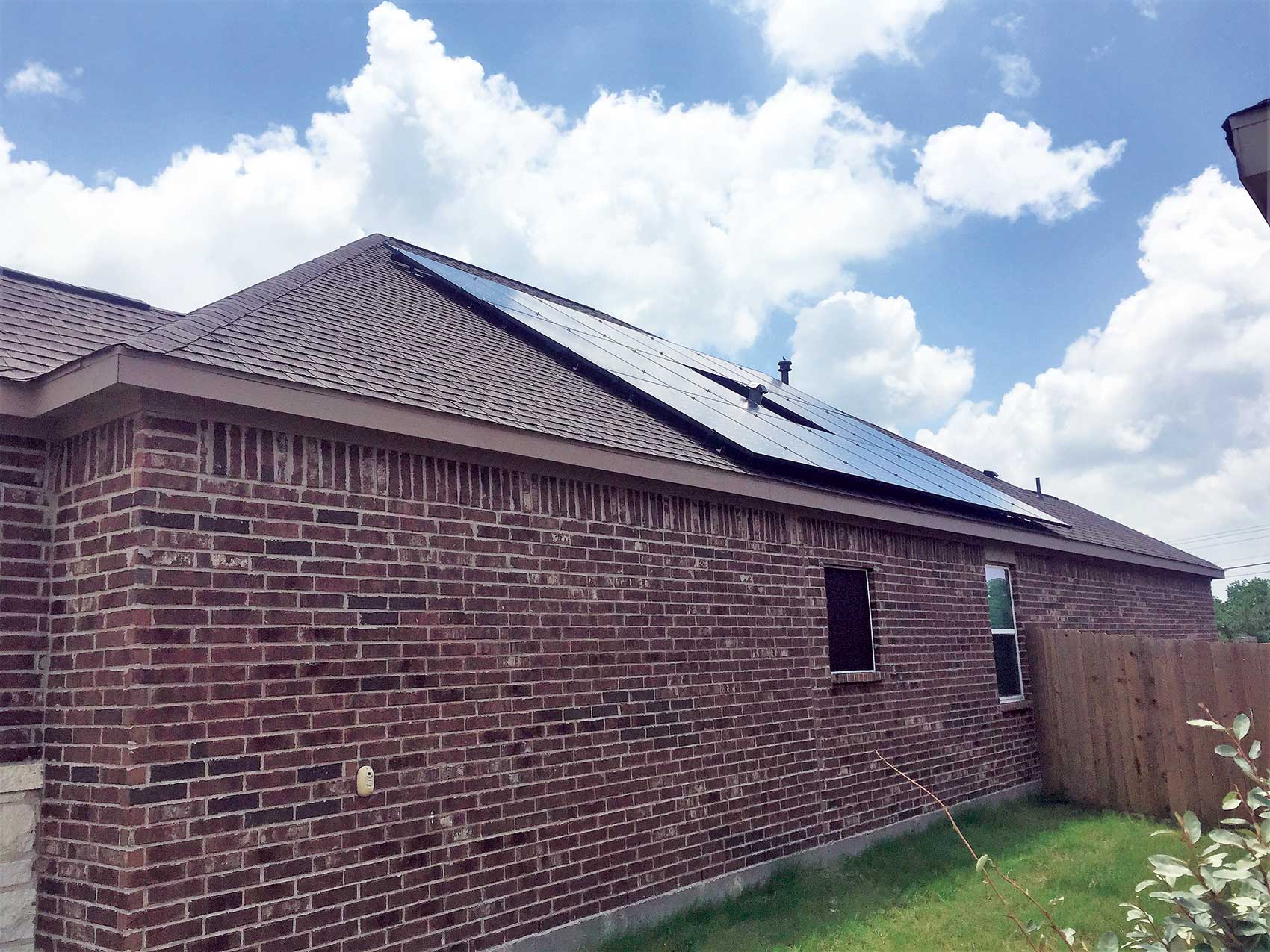Question
In the 2011 NEC, does Table 310.15(B)(7) override any ampacity adjustment factors, such as temperature correction factors, or do any ampacity adjustment factors render Table 310.15(B)(7) noncompliant?
Answer
No and No. Is there a Table 310.15(B)(7) in the 2014 NEC? No.
In the 2014 NEC, you will find that the table is gone; but don’t throw it away yet! The new language will allow the size of the conductors to be the same as in the 2011 NEC, unless correction or adjustment factors are required. Certain wiring methods have additional limitations, such as an SE cable used as a feeder running through insulation, so check the article that applies to the wiring method being used.
There were several proposals and comments in the 2014 NEC revision cycle to delete the table and the text entirely; there were some to fix the confusing wording; and there were many concerns expressed about misuse of the table. The correction or adjustment factors were not being used, and there was really no clear way to apply correction or adjustment factors since Table 310.15(B)(7) is based on service and feeder ratings, not conductor temperature ratings. The table only listed the conductor size with no regard for the temperature rating of the conductor, ambient temperature, the number of current-carrying conductors or other installation factors.
The most commonly used wiring type for services and feeders to individual dwelling units are SE cable (SER or SEU). For services, SE cable is allowed to be used at its listed rating of 75°C. For interior branch circuits and feeders, Section 338.10(B)(4)(a) limits SE cable run through insulation to be limited to its ampacity in the 60°C column of Table 310.15(B)(16). Note that Section 310.15(A)(2) Exception allows up to 10 feet or 10% (whichever is less) to run through insulation without limiting the SE cable to 60°C. This applies to other wiring methods as well; if less than 10 feet or 10% runs through an area of lower ampacity, it is acceptable to use the higher ampacity for the entire run.
New Language.
The new 2014 NEC language states:
310.15(B)(7) For one-family dwellings and the individual dwelling units of two-family and multifamily dwellings, service and feeder conductors supplied by a single-phase, 120/240-volt system shall be permitted be sized in accordance with 310.15(B)(7)(a) through (d).
(a) For a service rated 100 through 400 amperes, the service conductors supplying the entire load associated with a one-family dwelling or the service conductors supplying the entire load associated with an individual dwelling unit in a two-family or multifamily dwelling shall be permitted to have an ampacity not less than 83% of the service rating.
(b) For a feeder rated 100 through 400 amperes, the feeder conductors supplying the entire load associated with a one-family dwelling or the feeder conductors supplying the entire load associated with an individual dwelling unit in a two-family or multifamily dwelling shall be permitted to have an ampacity not less than 83% of the feeder rating.
(c) In no case shall a feeder for an individual dwelling unit be required to have an ampacity greater than that of its 310.15(B)(7)(a) or (b) conductors.
(d) Grounded conductors shall be permitted to be sized smaller than the ungrounded conductors provided the requirements of 220.61 and 230.42 for service conductors or the requirements of 215.2 and 220.61 for feeder conductors are met.
Informational Note No. 1: It is possible that the conductor ampacity will require other correction or adjustment factors applicable to the conductor installation.
Informational Note No. 2: See example in Annex D.
This code allowance is still limited to individual dwelling units of one-family, two-family and multifamily dwellings. It is only allowed for 120/240-volt systems sized between 100 and 400 amperes. Any other systems (such as 208Y/120 volt) are not allowed to use this section of the NEC. Note that 310.15(B)(7)(c) applies to all feeders in dwellings. This means that if you have two subpanels, the ampacity of the conductors is not required to exceed the size of the service or feeder conductors calculated in 310.15(B)(7)(a) or (b). For example, if you have a 200-amp service fed by 4/0 AWG aluminum conductors and two 200-amp subpanels, the conductors to the subpanels will not be required to be larger than 4/0 AWG aluminum, unless there are temperature correction or adjustment factors that must be applied to the feeders. This is logical since there is no way the load on an individual subpanel feed can be greater than the load on the service conductors.
Using the new 310.15(B)(7)
Start by choosing the rating of the service disconnecting means or overcurrent protective device based on the load calculation for the service or feeder. The “rating” is the size of the service disconnecting means for the service or the overcurrent protective device for a feeder. The conductors are then required to have an ampacity of at least 83% of the service or feeder rating. If no other adjustments or corrections are required for the installation, then per Table 310.15(B)(16) we would size the conductors in the 75°C column. We are generally limited to 75°C by 110.14(C) since equipment terminations for 600-volt equipment is typically 75°C.
Let’s consider a 200-amp service rating: 200 amps multiplied by .83 results in a 166-amp conductor required for the service conductors. This would require a 2/0 copper or a 4/0 aluminum in the 75°C column per Table 310.15(B)(16). This is the same as the table was in the 2011 NEC.
What if a 200-amp feeder runs through an attic with a 125°F ambient temperature? The conductor in the attic is more than 10% of the length of the conductor, so we can’t use 310.15(A)(2) Exception. Table 310.15(B)(2)(a) requires a correction of 76%. Now we need a conductor that is 166 amps after a 76% correction is applied. Using a 90°C conductor, a 3/0 AWG copper conductor at 225 amps multiplied by .76 equals 171 amps, which meets the 83% and 166-amp conductor requirement.
If a 100-amp service is required — 100 multiplied by .83 equals 83 amperes. Therefore, the conductor required by Table 310.15(B)(16) in the 75°C column would be a 4 AWG copper conductor at 85 amperes or a 2 AWG aluminum at 90 amperes; either satisfies the 83-ampere conductor requirement. This is the same sizing that was allowed in the 2011 NEC.
Now let’s look at a feeder with four 100-amp SER cables that are bundled or touching (not maintaining spacing for longer than 24 inches). Each feeder feeds individual dwellings in a multifamily. What size conductors are required?
The rating is 100 multiplied by .83 equaling an 83-amp conductor. A 4 AWG copper or 2 AWG aluminum from 310.15(B)(16) in the 75°C column would have worked, except that there are 8 current-carrying conductors bundled. Section 310.15(B)(3)(a) requires a 70% correction. Now we need a conductor that is 83 amperes after having a 70% correction. Using a 90°C conductor allows us to start our calculation in the 90°C column. A copper 2 AWG conductor in the 90°C column is 130 amperes, which when multiplied by .70 equals 91amperes, which satisfies the 83-ampere conductor required.
What if our feeder is SE cable running through insulation? Section 338.10(B)(4) allows us to start our calculation using the rating of the conductor to do any correction or adjustments; however, the final ampacity cannot exceed the values in the 60°C column. Now we have to pick a conductor that has at least 83 amperes in the 60°C column. A 3 AWG copper or 1 AWG aluminum conductor having 85 amperes in the 60°C column would satisfy the 83-ampere requirement for a 100-ampere feeder that runs through insulation (for more than 10 feet or 10% of the length of the run, whichever is less).
The bottom line is that the old table at 310.15(B)(7) will still work, unless the installation requires that temperature correction or adjustment factors be applied. With the new language, we use 83% of the service or feeder rating for sizing the conductors, after all code requirements are applied.













Find Us on Socials